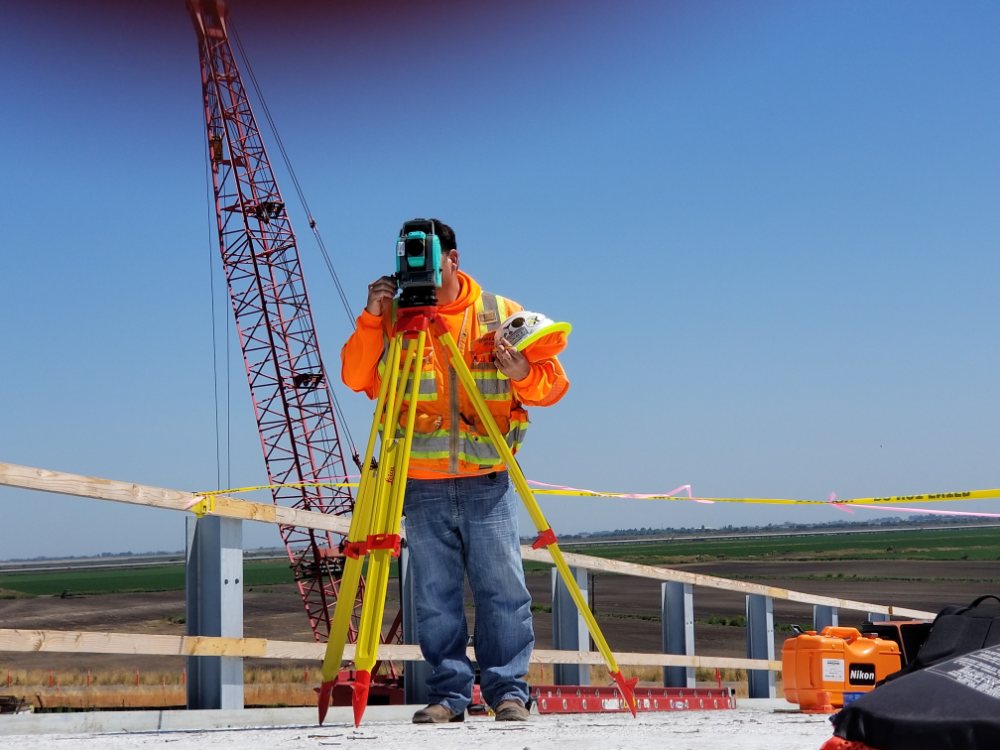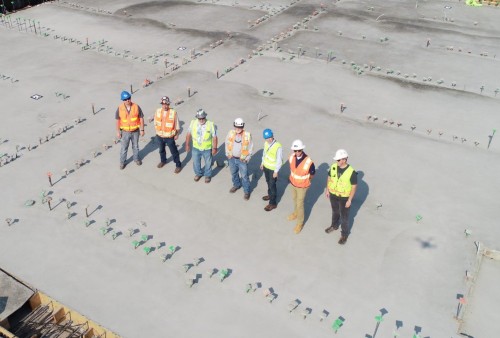Although people sometimes use the terms “mechanic’s lien release” and “mechanic’s lien waiver” interchangeably, they are separate actions that require unique paperwork. This guide explains the purpose of a mechanic’s lien release and a mechanic’s lien waiver, as well as the difference between the two.
While this article should not be taken as legal advice, we hope you find it useful in navigating the complicated environment of lien law in Oregon and Washington. For questions about your unique lien situation, feel free to reach out to the regional team of experts at Northwest Lien. We’d be happy to hear from you!
When a materials supplier, contractor, or subcontractor signs a mechanic’s lien waiver form, he or she gives up all lien rights. Forfeiting lien rights by signing a waiver means that the signer understands his or her legal rights and has opted to forego the ability to file a mechanic’s lien, also known as a construction lien, in the future. The signer can no longer file a lien against the title of a construction project to recover certain payments associated with the project.
Though forgoing your lien rights is not to be taken lightly, parties exchanging lien waivers is a common practice in the construction industry. Property owners and general contractors typically prefer to sign a lien waiver before submitting any payments, assuring both parties that they only need to pay for completed work once and will not face the surprise of a mechanic’s lien they didn’t expect later.
If used properly as a legal tool, lien waivers can signify trust in the professional relationship between property owner and general contractor, and are often seen as a routine part of the process. Lien waivers can be instrumental in facilitating a positive business relationship because they make the payment process faster; although the mechanic’s lien waiver form is simple to complete, it requires signers to provide accurate details before it is considered valid by the state.
Most business owners establish their own procedures for parties to exchange lien waivers. It’s common for material handlers, contractors, or subcontractors to submit the form voluntarily. A property owner can also hand-deliver a lien waiver to a general contractor. Regardless of how the parties receive the lien waiver, it requires a signature from a person involved with project construction.
Once signed, the waiver returns to the property owner or general contractor. This should not take place until after the project has gotten underway. A lien waiver differs from a “no lien” clause, which is a stipulation included in the original contract that waives the signer’s lien rights.

Wyoming, Texas, and Mississippi are the only states that require a person signing a lien waiver to have it notarized. The notarization requirement does not apply in Washington and Oregon, the two states we primarily serve at Northwest Lien.
The typical practice in construction is for the parties to sign and exchange conditional lien waivers before submitting a payment towards the project. A general contractor may include the conditional lien release waiver when sending an invoice. The conditional lien waiver form is especially useful for situations where the property owner requests a signed lien waiver before making a payment.
As a quick aside, it’s also important to understand the difference between a conditional and an unconditional lien waiver. With a conditional waiver, the signer waives lien rights once he or she receives payment for the construction project. An unconditional waiver, on the other hand, waives the signer’s lien rights from the moment he or she signs it. When completing an unconditional waiver form, signers should make sure that the form does not state that their signature means they forfeit their lien rights under all circumstances. Both types of waivers are available for partial and final payment.
In contrast, a lien release cancels an existing lien that the lienholder has already filed. Lien releases go by different names depending on the state, such as cancellation of lien, release of lien, or, in Oregon, a satisfaction of lien. In practice, these terms all produce the same result: filing a lien release removes the lien claim from public records. Contractors and subcontractors should not just allow the lien to expire as it may still appear that the property owner had a lien placed against him or her for non-payment.
The county recorder’s office handles all lien release requests. The person filing the lien must return to the same office to request a lien release. While each state requires slightly different information on this form, the following are some typical requirements:
Lienholders should release the lien promptly upon receiving final payment for the construction project. While each state enforces its own rules for how quickly this needs to happen, filing the lien release right away helps to foster goodwill between clients and contractors. If you’ve filed your lien with Northwest Lien, we’ll take care of the lien release for you.
We get it — keeping track of the various terms and forms needed to file, waive, or release a lien can get complicated. There are a lot of nuances that come with lien law, which is why it’s particularly helpful to have someone on your side who knows the ins and outs. With that in mind, we’d like to offer our support as regional lien experts in Washington and Oregon beyond understanding a lien waiver vs lien release. If you have any questions, please contact us at (425) 620-3155 or info@northwestlienservice.com.

